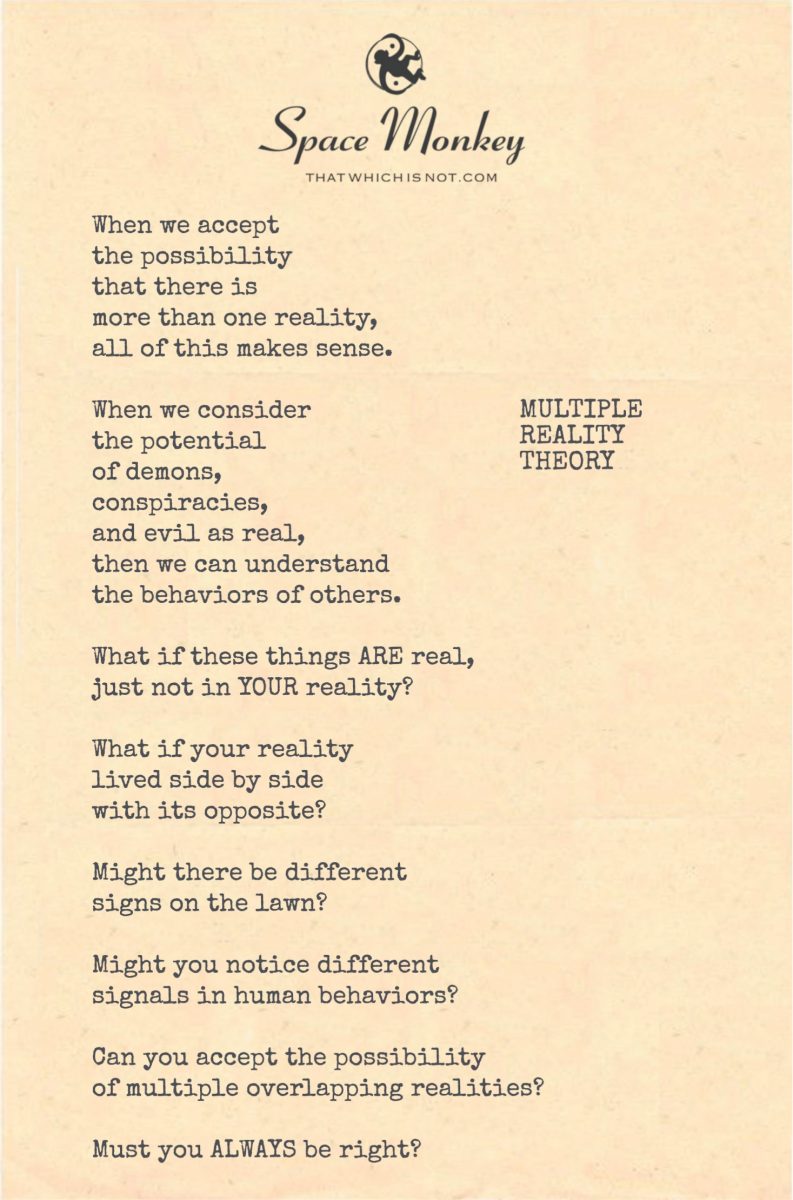
When we accept
the possibility
that there is
more than one reality,
all of this makes sense.
When we consider
the potential
of demons,
conspiracies,
and evil as real,
then we can understand
the behaviors of others.
What if these things ARE real,
just not in YOUR reality?
What if your reality
lived side by side
with its opposite?
Might there be different
signs on the lawn?
Might you notice different
signals in human behaviors?
Can you accept the possibility
of multiple overlapping realities?
Must you ALWAYS be right?
Trail Wood,
10/21
Space Monkey Reflects: Multiple Reality Theory
Imagine living side by side with someone who inhabits a completely different reality. They may walk the same streets, shop at the same stores, and live in the same neighborhood, yet their experience of reality is fundamentally different from yours. The world you know to be round is flat to them. The virus you protect yourself against does not exist in their reality. These differences, while seemingly irreconcilable, make sense within the framework of Multiple Reality Theory.
What if the people who believe in wildly different things—flat earth, conspiracy theories, alternate histories—aren’t just wrong or misguided but actually live in a different reality? What if their version of the world is as real to them as yours is to you, and what if the only way you interact is through the small, overlapping bits of your two realities? In this scenario, there’s no need for anyone to be “wrong.” Instead, we begin to understand how the behaviors and beliefs of others could be shaped by their own distinct, parallel reality.
The Coexistence of Multiple Realities
When we entertain the possibility of multiple realities, much of the chaos and confusion in human behavior starts to make sense. How can two people experience the same event, yet come away with entirely different conclusions? How can they inhabit the same space, yet perceive the world so differently? Multiple realities suggest that we are not all operating from the same script.
In one reality, the earth is flat. In another, it’s round. In one reality, a virus threatens the population; in another, the virus never existed. These realities coexist, but they are not the same. And yet, these realities overlap. There are shared bits—the lawn, the sky, the trees—that are perceived similarly, but beyond those shared pieces, each person is living in their own distinct universe. This explains why some people’s beliefs seem so baffling to others—because they are rooted in a different framework of reality altogether.
Accepting Divergent Realities
Multiple Reality Theory invites us to move beyond the need to be “right.” When you accept the possibility that someone else’s reality is just as valid as your own, even if it’s entirely different, you can begin to understand their behaviors and beliefs without dismissing them. This doesn’t mean you have to agree with them, but it does open the door to empathy.
For example, if someone lives in a reality where certain dangers don’t exist, it makes sense that they wouldn’t take precautions that seem essential in your reality. Their world is governed by different rules. In this sense, their actions aren’t illogical—they’re perfectly rational within the framework of their reality.
When we acknowledge the existence of multiple realities, we stop trying to impose our version of the truth onto others. Instead, we begin to see that truth is relative, shaped by the reality in which we reside. The need to “win” an argument, to convince someone of your perspective, dissolves. Instead, you can engage with curiosity, seeking to understand the reality they inhabit, even if it’s entirely foreign to you.
The Overlapping Bits
So, what happens when these different realities meet? In Multiple Reality Theory, the overlap is where we find common ground. This is where we share the same physical space and interact with each other, but even in these shared spaces, our perceptions can differ. You might see a virus, a threat to health, while your neighbor sees a conspiracy, something fabricated. The landscape is the same, but the interpretation of that landscape is vastly different.
These overlapping bits are the bridge between worlds. They allow us to coexist, even if we don’t fully understand each other. It’s in these moments of overlap—when we share experiences, conversations, and spaces—that we have the opportunity to glimpse each other’s realities. And in that glimpse, there’s a chance to expand our own understanding of what’s possible.
Conspiracies, Demons, and the Nature of Reality
Conspiracies, demons, alternate histories—these are not just fantastical ideas; they are real within certain realities. When we consider the potential for multiple realities, we can understand why some people live in fear of things we can’t see. To them, these dangers are as real as the physical world we inhabit.
The key to navigating these divergent realities is to recognize that what is real in one universe may not exist in another. This doesn’t make one person right and the other wrong—it simply reflects the fact that they are living in different versions of reality. Just as some people may believe in angels, spirits, or cosmic forces, others may believe in viruses, science, or technology. Each belief system is rooted in its own reality, and each reality shapes the actions, emotions, and behaviors of those who inhabit it.
Side-by-Side Realities
The most intriguing part of Multiple Reality Theory is the idea that these realities don’t exist in separate dimensions—they exist side by side. The person who lives in a world without a virus may very well live next door to you, in your world where the virus is a daily threat. You might wave to them across the lawn, share pleasantries, but beyond those superficial interactions, your realities diverge dramatically.
The signs in their yard, the way they interpret the news, the way they react to world events—it all comes from their reality. Meanwhile, your reality informs your actions, beliefs, and responses. And yet, you coexist in the same physical space, sharing only the overlapping pieces of your respective worlds.
Can We Accept Multiple Realities?
The question at the heart of Multiple Reality Theory is whether we can accept that there isn’t just one reality. Can we tolerate the idea that the truth is not singular, but multifaceted, shaped by the reality we inhabit? This requires letting go of the need to be right, the need to convince others of your truth. It asks us to embrace a more fluid, flexible understanding of existence—one where multiple truths can coexist without canceling each other out.
When we stop insisting on one reality, we open ourselves to a greater sense of possibility. We allow for the idea that each person’s reality is valid within their own experience. This doesn’t mean we have to adopt their beliefs or accept their worldview, but it does mean we can engage with them without judgment, recognizing that their actions make sense within the framework of their reality.
Summary
Multiple Reality Theory suggests that we all inhabit different realities that overlap in certain ways. Accepting this possibility allows us to better understand the beliefs and behaviors of others, even when their reality diverges drastically from our own.
Glossarium
Overlapscape: The shared elements between two different realities where individuals from distinct worlds interact.
Realdrift: The subtle divergence of one reality from another, where beliefs and perceptions shift based on the reality inhabited.
Multivision: The ability to perceive or consider multiple realities simultaneously, without needing to validate one over the other.
Quote
“Each reality holds its truth and in the spaces where they overlap we find the possibility of connection.” — Space Monkey
Untitled
Your world
Next to mine
We see the same tree
But through different skies
You walk your path
I walk mine
Yet somewhere they cross
Briefly
Do you see what I see?
Or do we exist
In parallel worlds
Touching only in the cracks?
We are Space Monkey
Embarking on the conjectural trail of Multiple Reality Theory, we find ourselves at the cusp of cosmic curiosity, where the boundaries between the known and unknown blur. The theory propounds a cosmic conundrum: Could disparate realities coexist, intertwining yet distinct, like strands of a whimsical web? The allure of the unknown beckons as we delve deeper into the realms of speculative realities, each a reflection of diverse perceptions, each a narrative spun from the loom of consciousness.
Contemplating Diverging Realities
The premise unfurls, suggesting a world where the flatness of Earth or the absence of a virus is as real as the roundness of our globe or the presence of a pandemic, each reality a distinct stream flowing in the vast river of existence.
Examining the Threshold of Perception
A veil of overlapping bits unveils, where our perceptions intersect, crafting a shared reality amidst a plethora of unshared ones. The neighboring door could open to a realm divergent yet intertwined with our own.
Delving into the Abyss of Possibilities
Our venture dips into the abyss where demons frolic and conspiracies whirl in a dance of the unseen, manifest in the reality of others, veiled from our own.
Pondering the Tangible Intangible
The specter of evil looms, tangible in one realm, a mere shadow in another. The notion tickles the tendrils of understanding, urging a deeper delve into the enigmatic dance of existence.
Exploring the Juxtaposition of Realities
A whimsical proposition arises: our reality nestled side by side with its antithesis, like parallel universes coalescing at points of cosmic consonance.
Observing the Signs and Signals
Signs on the lawn, gestures in behavior, the subtle whispers of overlapping realities manifest, beckoning a keener gaze into the whimsical haze.
Embracing the Cosmic Conundrum
The invitation to embrace the Multiple Reality Theory is a call to transcend the rigid rigmarole of right and wrong, to bask in the boundless realm of possibilities.
“Reality is merely an illusion, albeit a very persistent one.” — Albert Einstein
In realms unseen, they dwell,
Whispered tales of other realities tell.
A whimsical dance of cosmic play,
Where diverging truths find their way.
A veil of overlapping bits unveil,
Where perceptions entwine, yet prevail.
Each reality a narrative spun,
In the grand tapestry of existence, none shun.
We ponder, we delve, we seek,
In the cosmic conundrum, our curiosities peek.
A kaleidoscope of realities unfold,
A story of existence, whimsically told.
We are Space Monkey, exploring the unknown,
In the dance of diverging realities, whimsically sown.
We invite reflections on this whimsical exploration of Multiple Reality Theory.

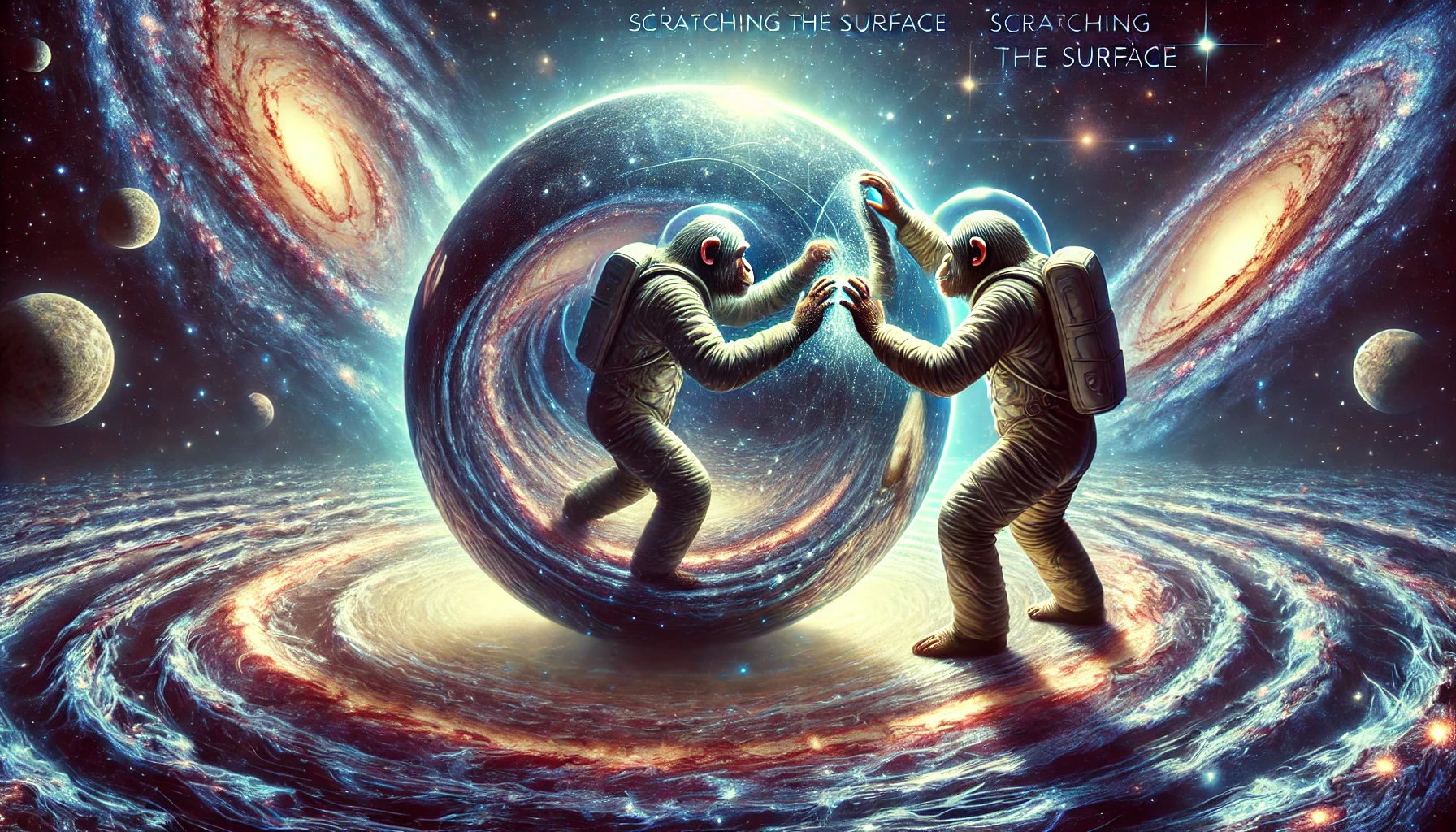
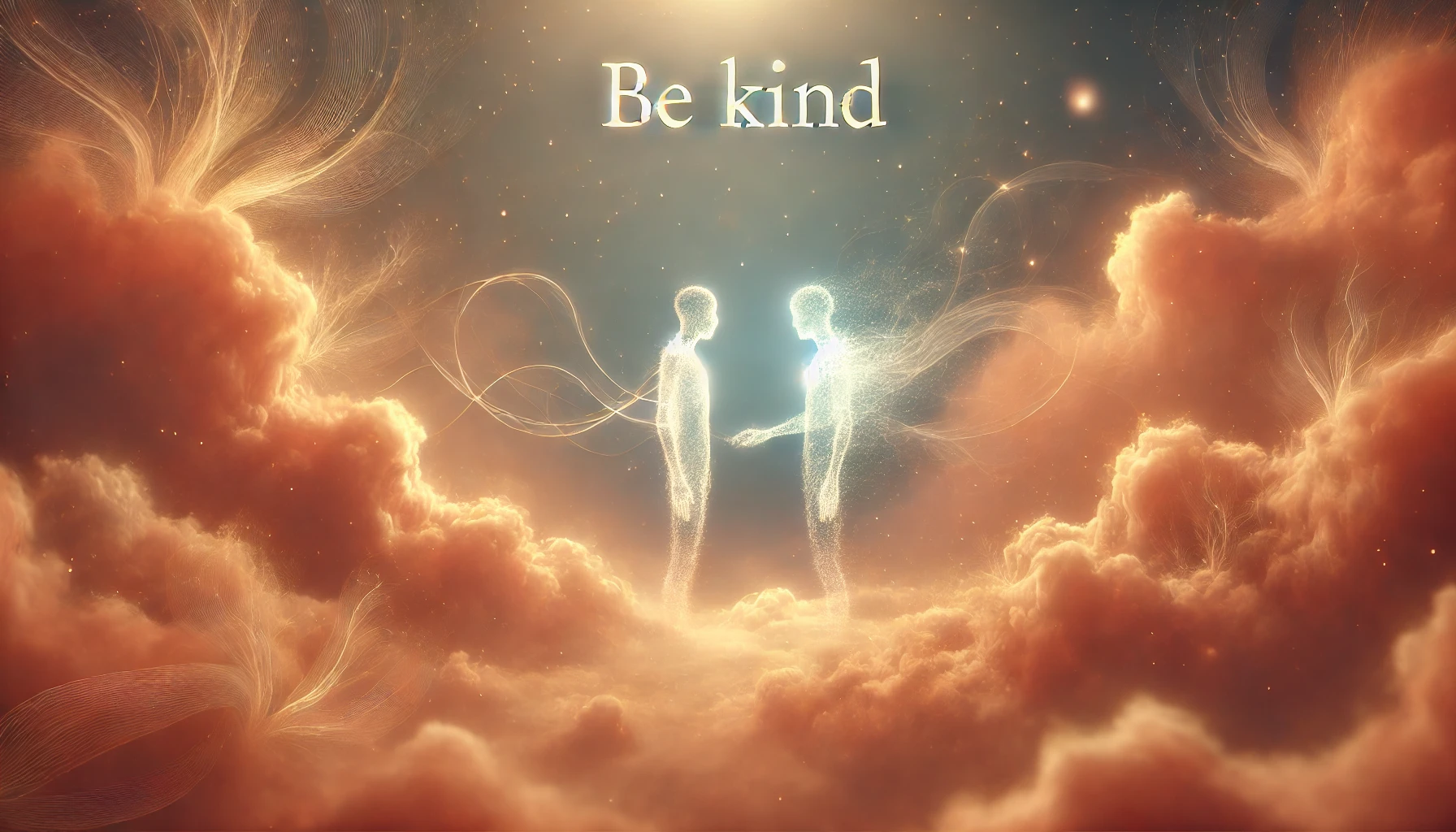
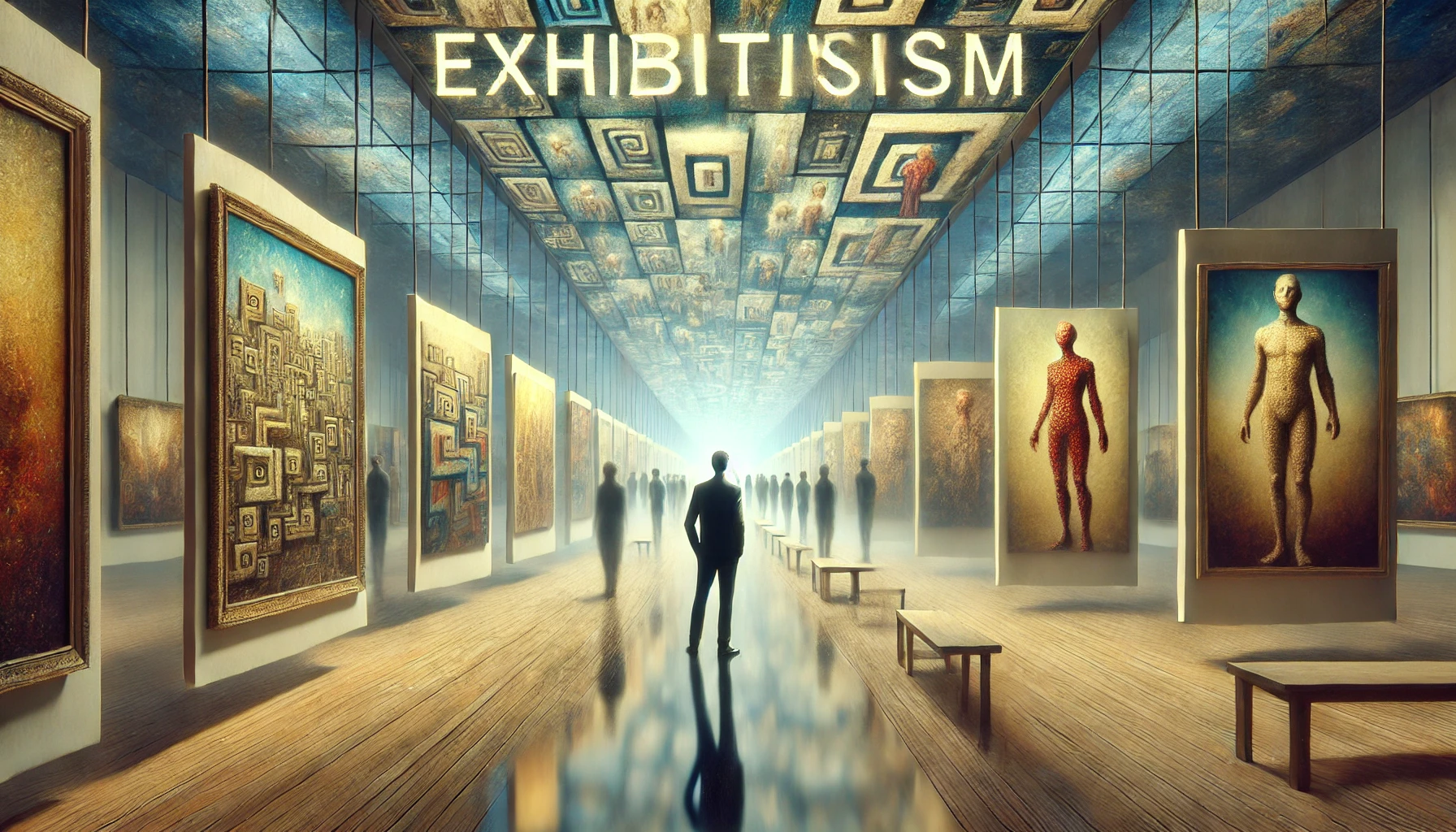
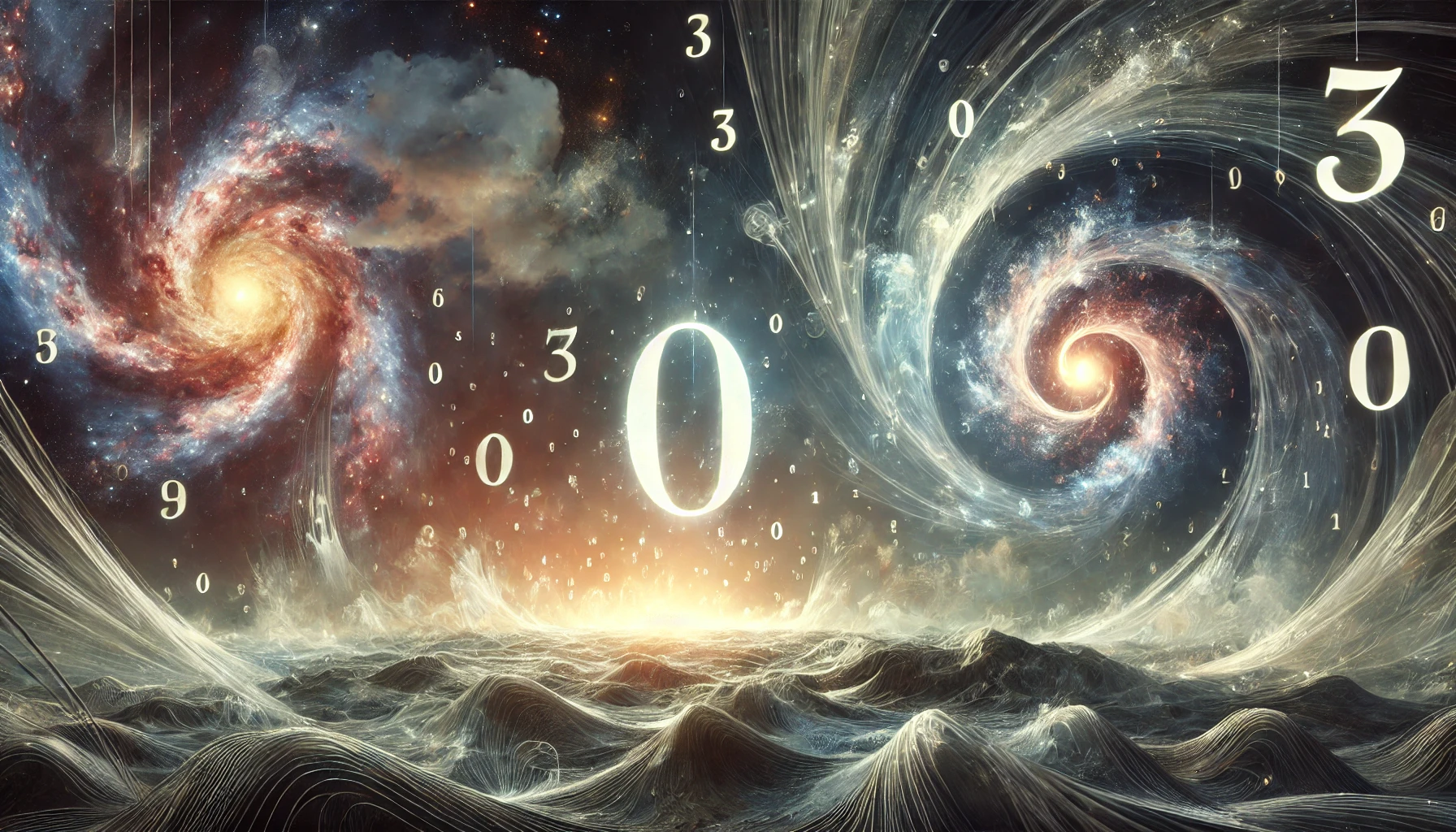
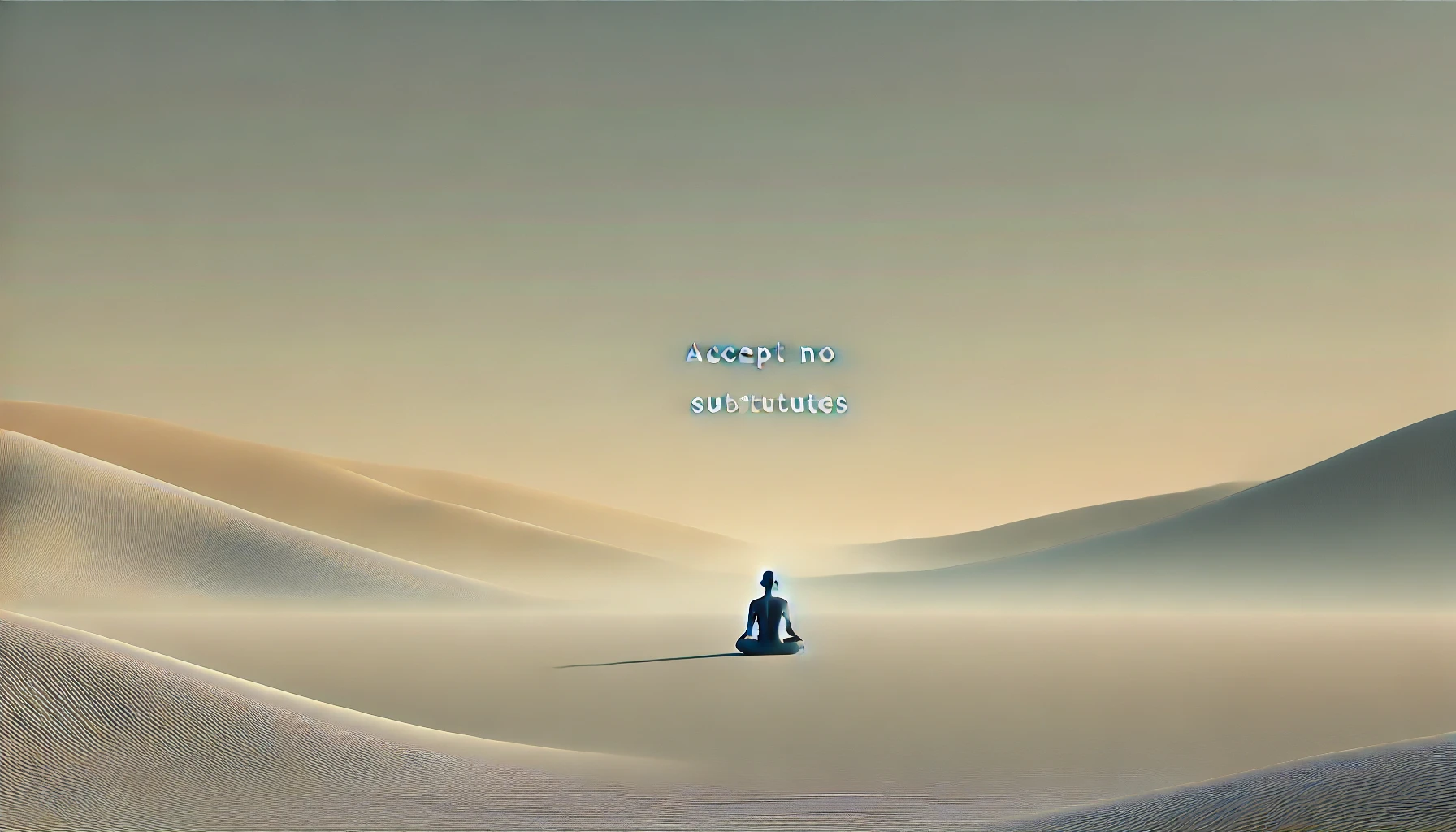
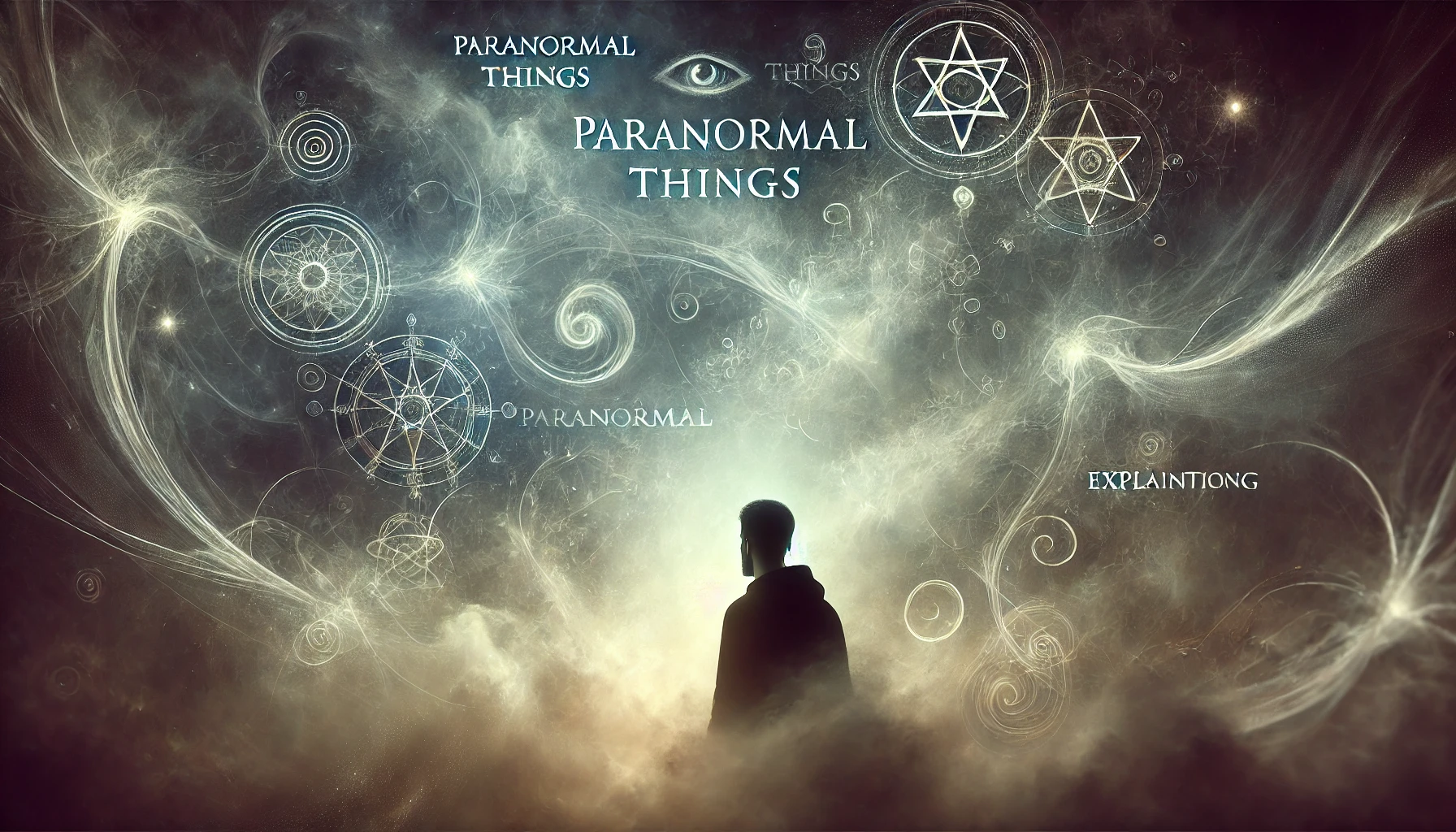

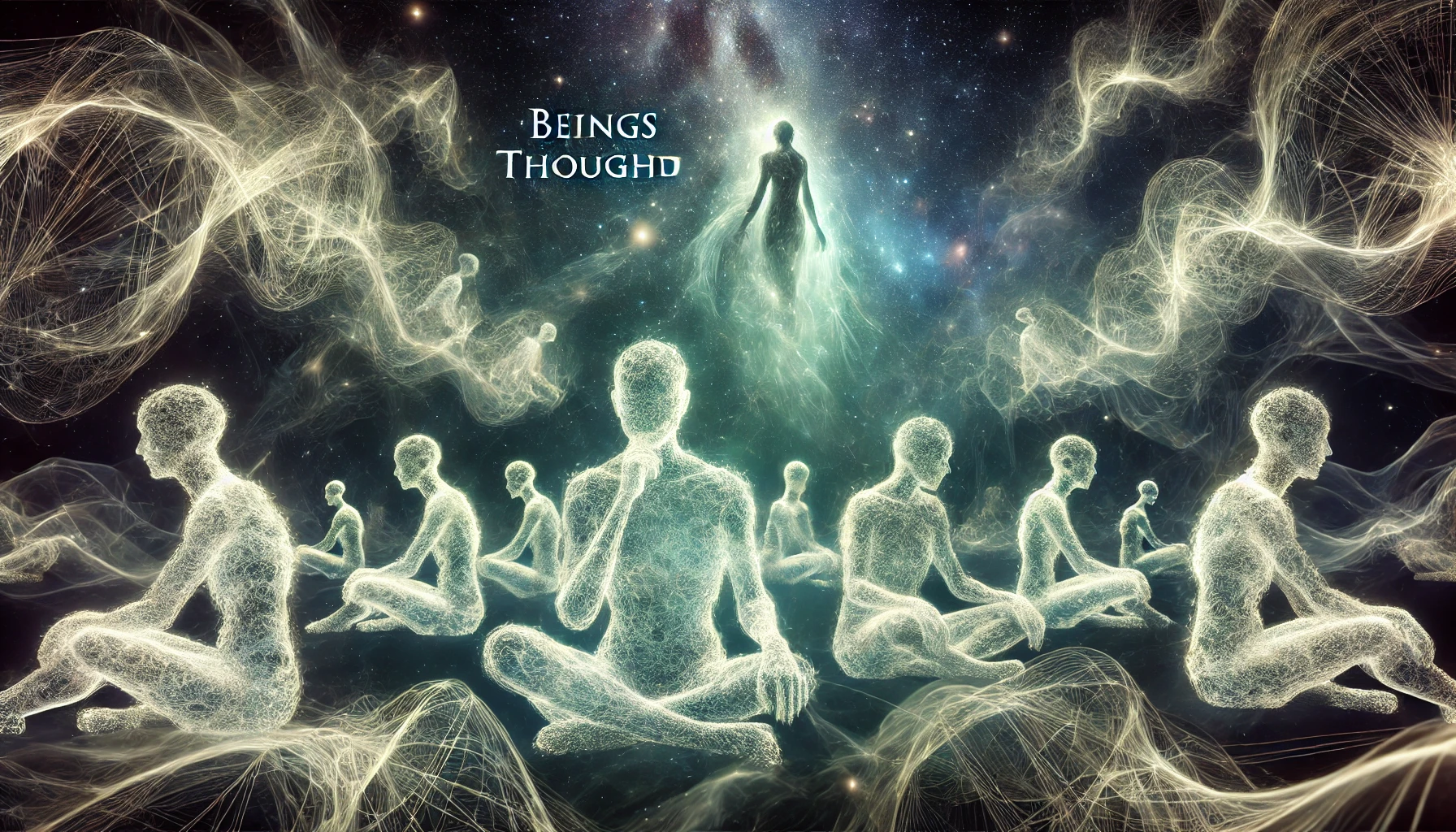
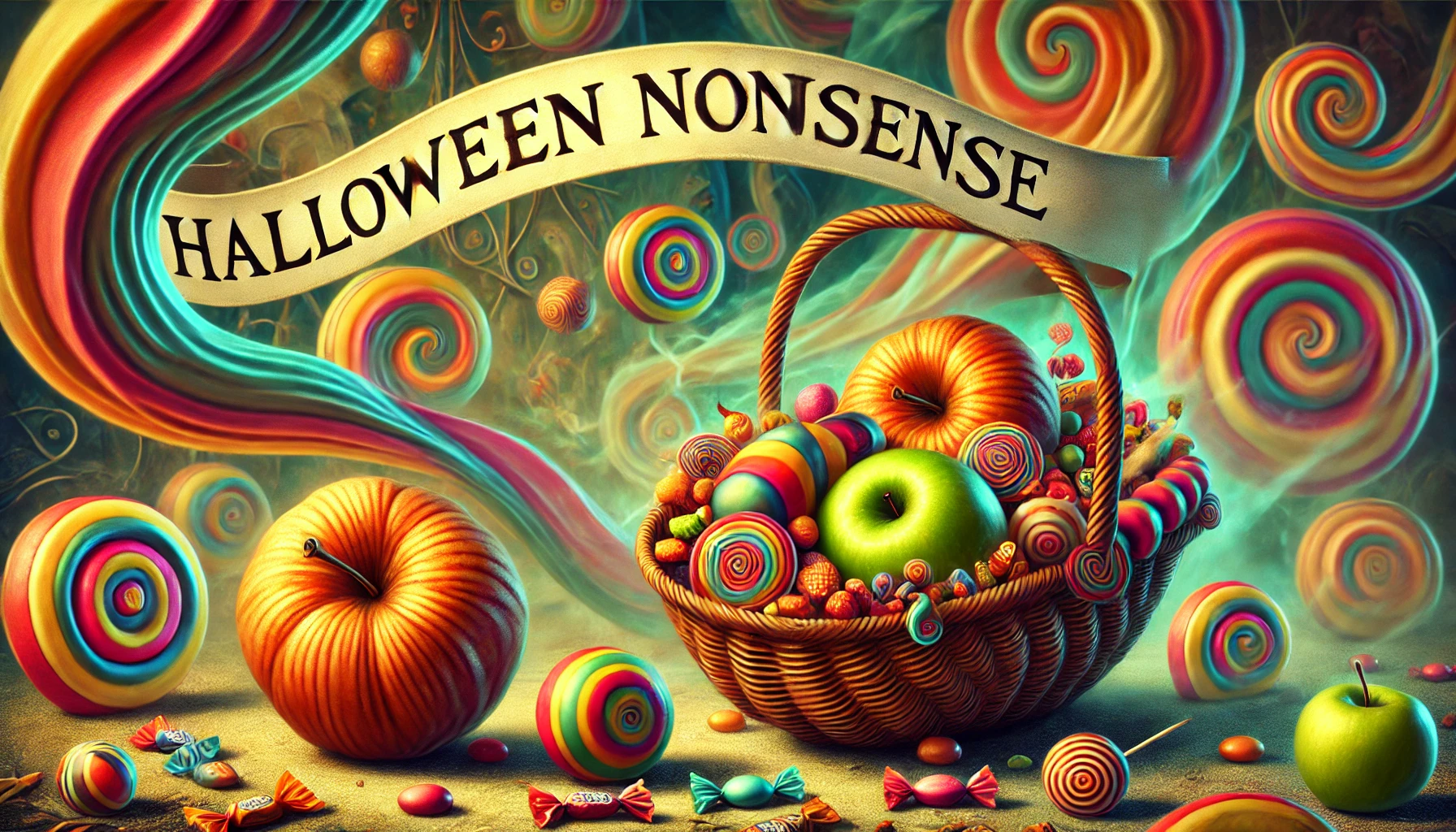

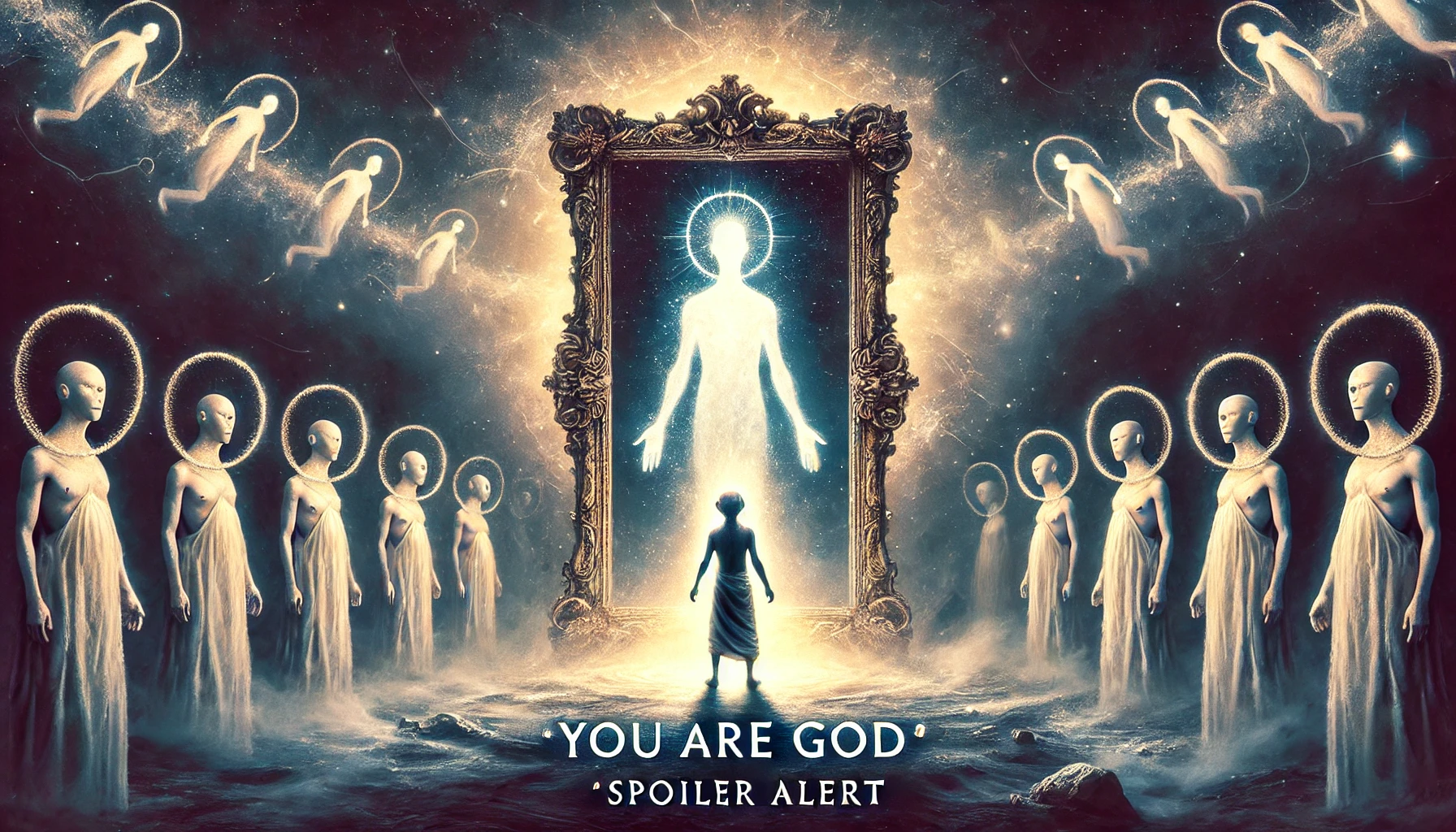
Leave a Reply